Hot Products
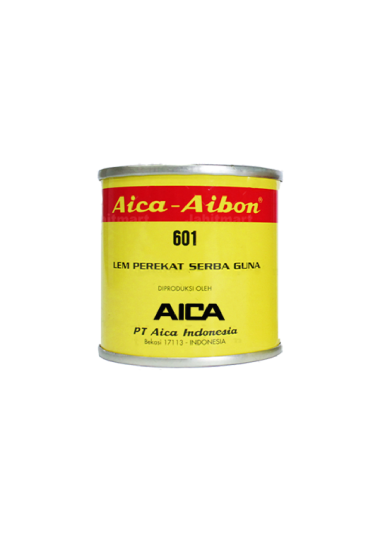
Aibon 601 (70 gr)
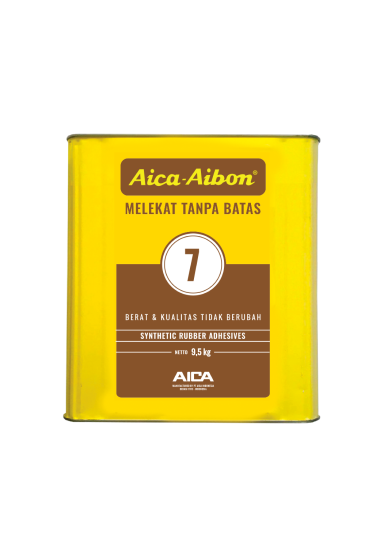
Aibon 7 (9.5 kg)
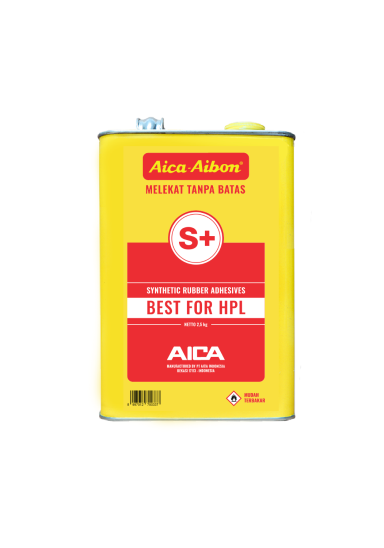
Aibon S+ (2.5 kg)
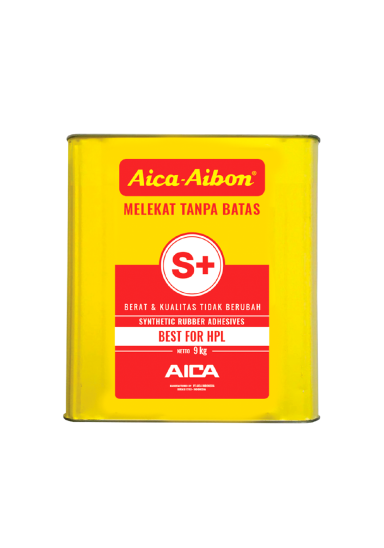
Aibon S+ (9 kg)

HAK-14038-ZM83
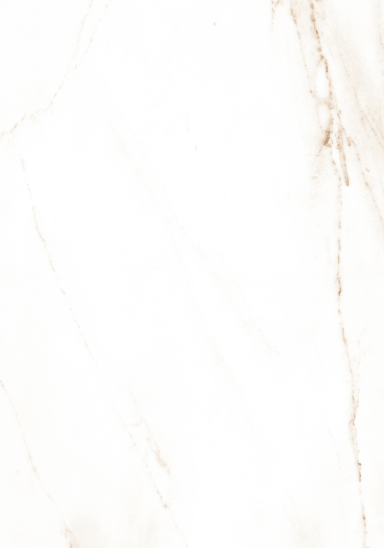
XKAF-14198-ZMN
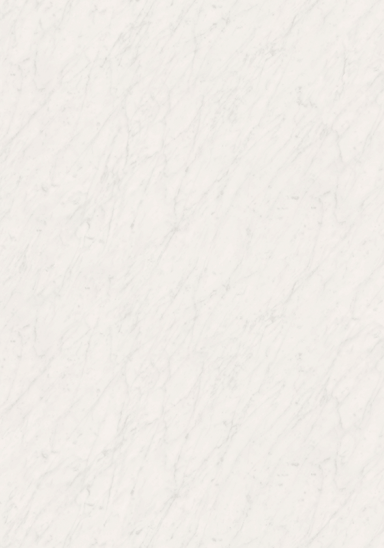
XKAF-14038-ZMN
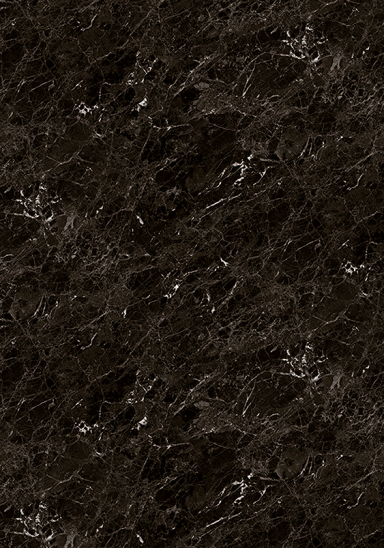
XKAF-14040-ZMN
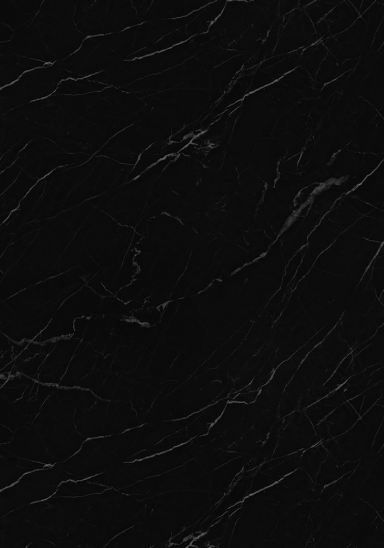
XKAF-14146-ZMN
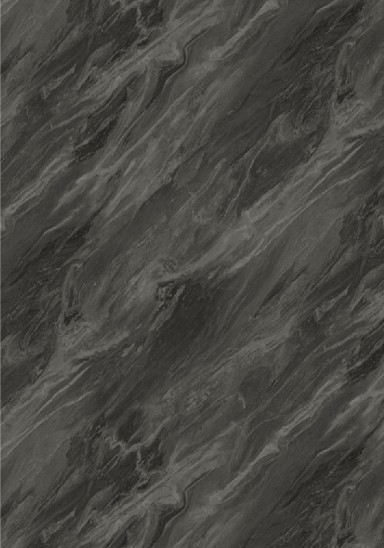










At the recent ARCH:ID 2025 event held previously on the second week of May, AICA Indonesia captured the spotlight. This time is by displaying a creative showcase of one of its premium HPL collections: Purecore. For those who may not be familiar, Purecore is one of AICA’s standout HPL variants, known for its unique white-colored core. This feature is ideal for designers seeking seamless edge finishes, eliminating the dark lines that often appear at panel joints and edges.
During ARCH:ID 2025, AICA revealed a whole new creative potential of Purecore. Thanks to its white core, Purecore panels can transmit light, especially when paired with light-colored patterns and glossy textures. When backlit, these panels create a beautiful translucent effect, similar to the look of onyx stone, but at a far more affordable cost.
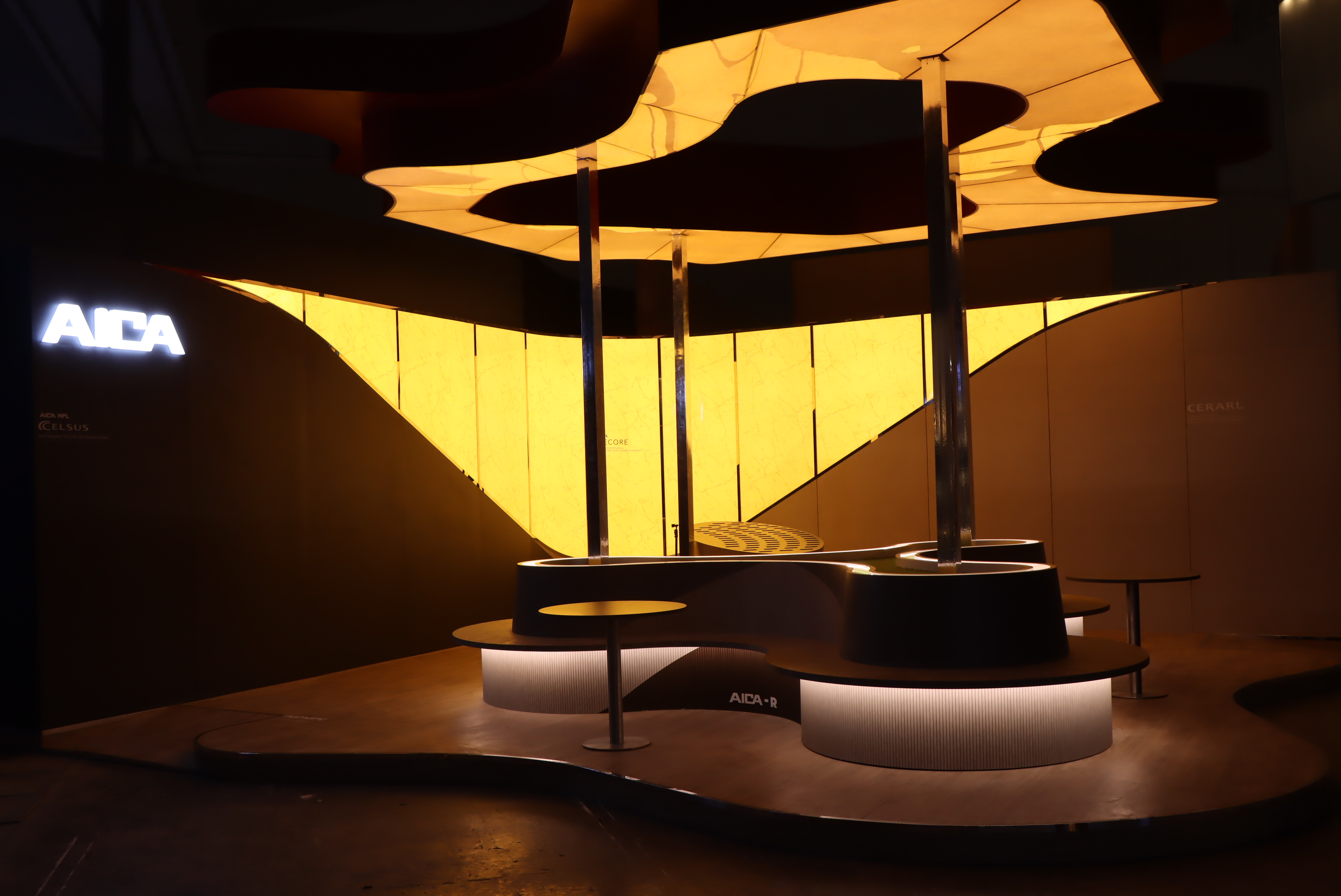
This innovative application opens up exciting possibilities for interior designers and architects who want to combine aesthetics with practicality. Whether used in feature walls, decorative partitions, or ambient lighting installations, translucent Purecore panels offer a sophisticated, modern look that’s sure to impress. Curious about how to achieve this translucent effect with Purecore HPL? Stay tuned until the end of this article, where we’ll walk you through the steps for the installation guidance!
With AICA’s wide range of HPL products, be sure to select the Purecore variant specifically for translucent applications. For the best results, opt for light-colored marble or stone patterns and pair them with a glossy texture, which enhances the light diffusion and gives your panel a luxurious, glowing effect.
You can choose the patterns here.
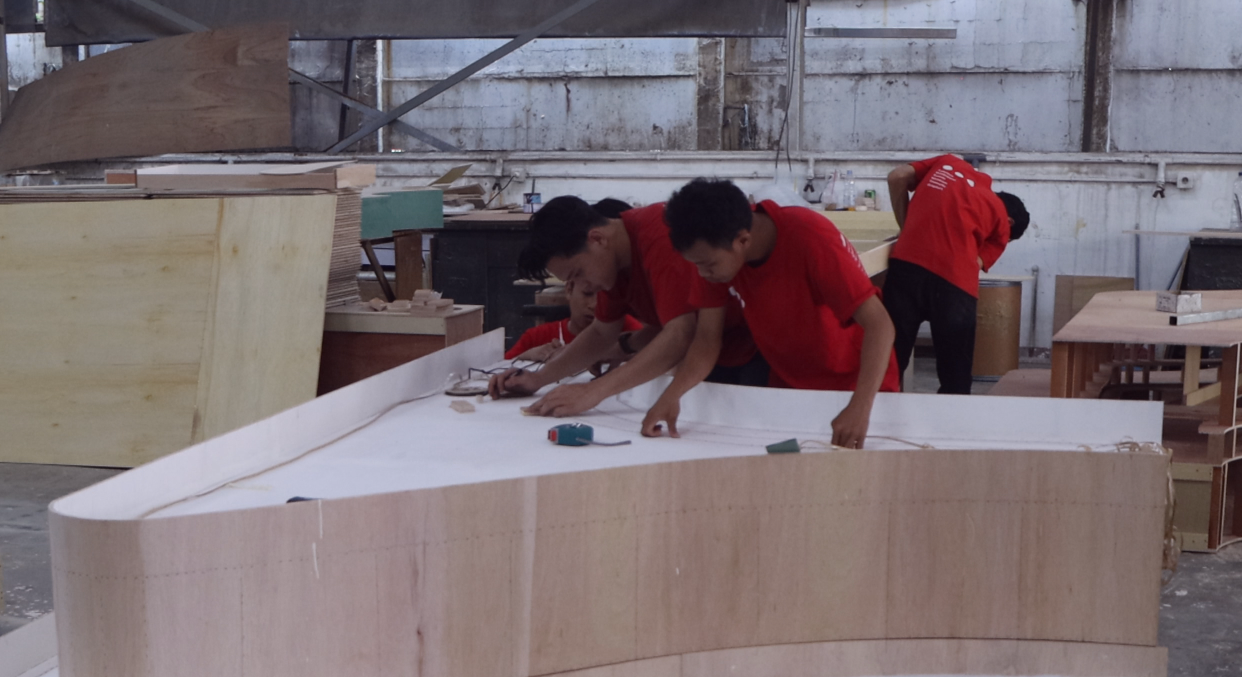
At its core, this installation only requires Purecore HPL and LED strip lights. To make it work, you'll need a frame to house the lighting and support the HPL panel. This frame can be made from wood, HMR board, or even cement walls for permanent installations.
The key is in the spacing: test the distance between the lights and the panel before building the final frame. If the LED is too close, it may overpower the pattern on the panel. Find the sweet spot where the light enhances, but doesn’t overwhelm the HPL’s design.
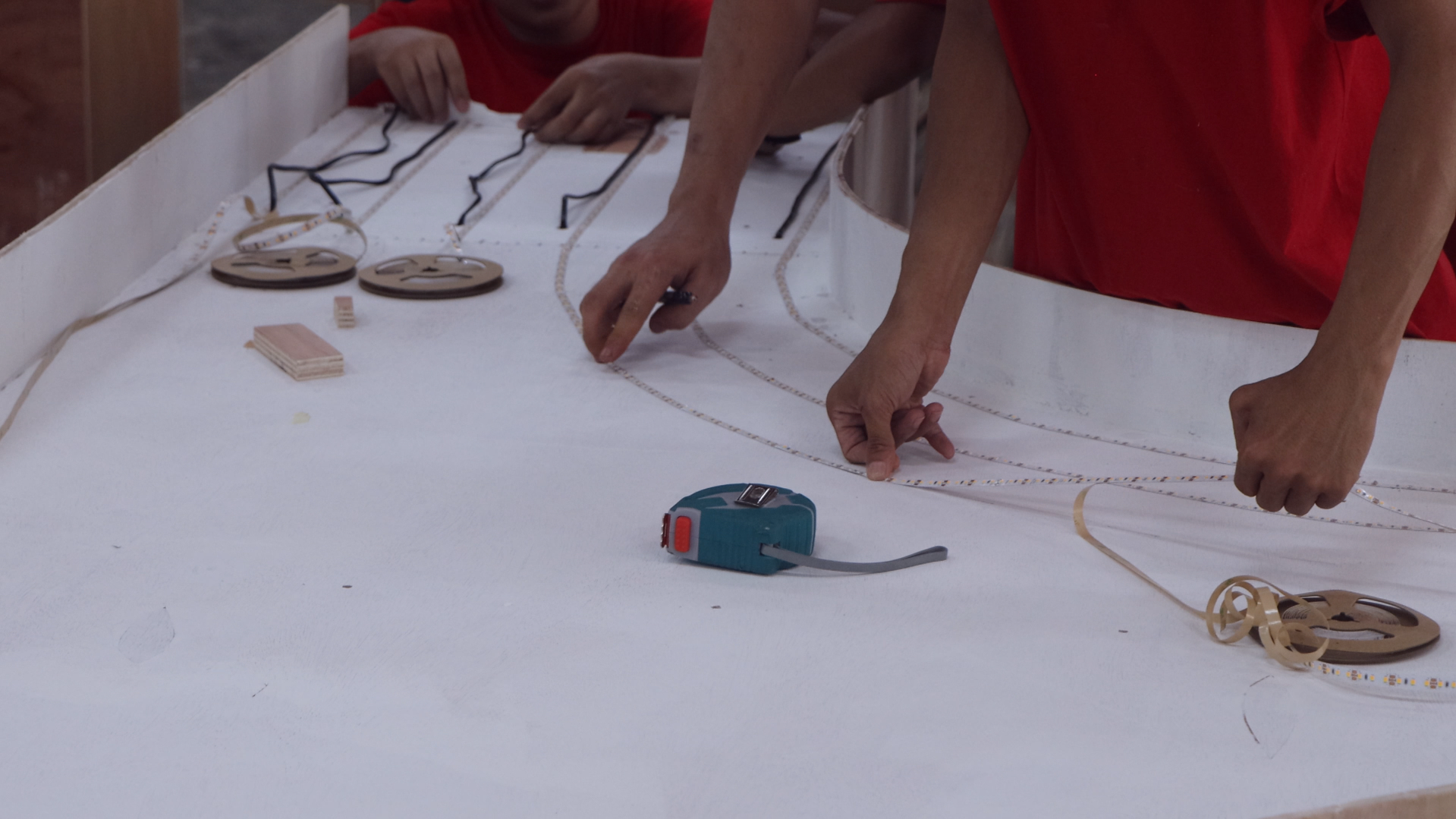
Once your frame is ready, begin attaching the LED strip lights inside it. As a guideline, leave about 12 cm between each LED row to prevent hotspots and ensure even light distribution. Of course, feel free to adjust the spacing based on your creativity and lighting goals.
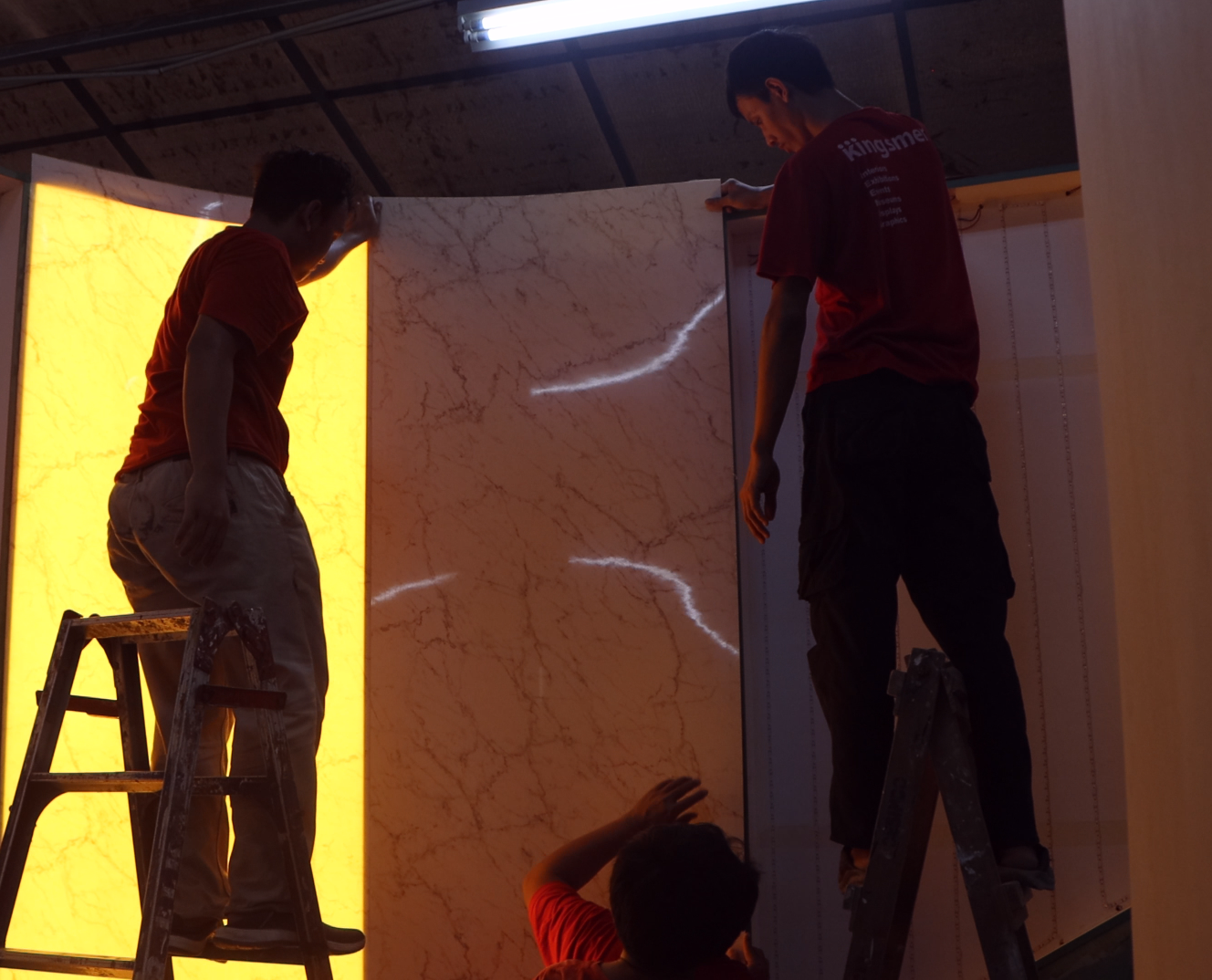
After the LED strips are installed and tested, it’s time to mount your Purecore HPL panels. Cut the panels to match the dimensions of your frame, then attach them to the side supports of the frame. For best adhesion, you can use the Aica Aibon S+ glue. Apply the glue to both the side surface of the frame and the back of the panel where it will be attached. Wait until the adhesive becomes tacky (half-dry), then press both surfaces together firmly.
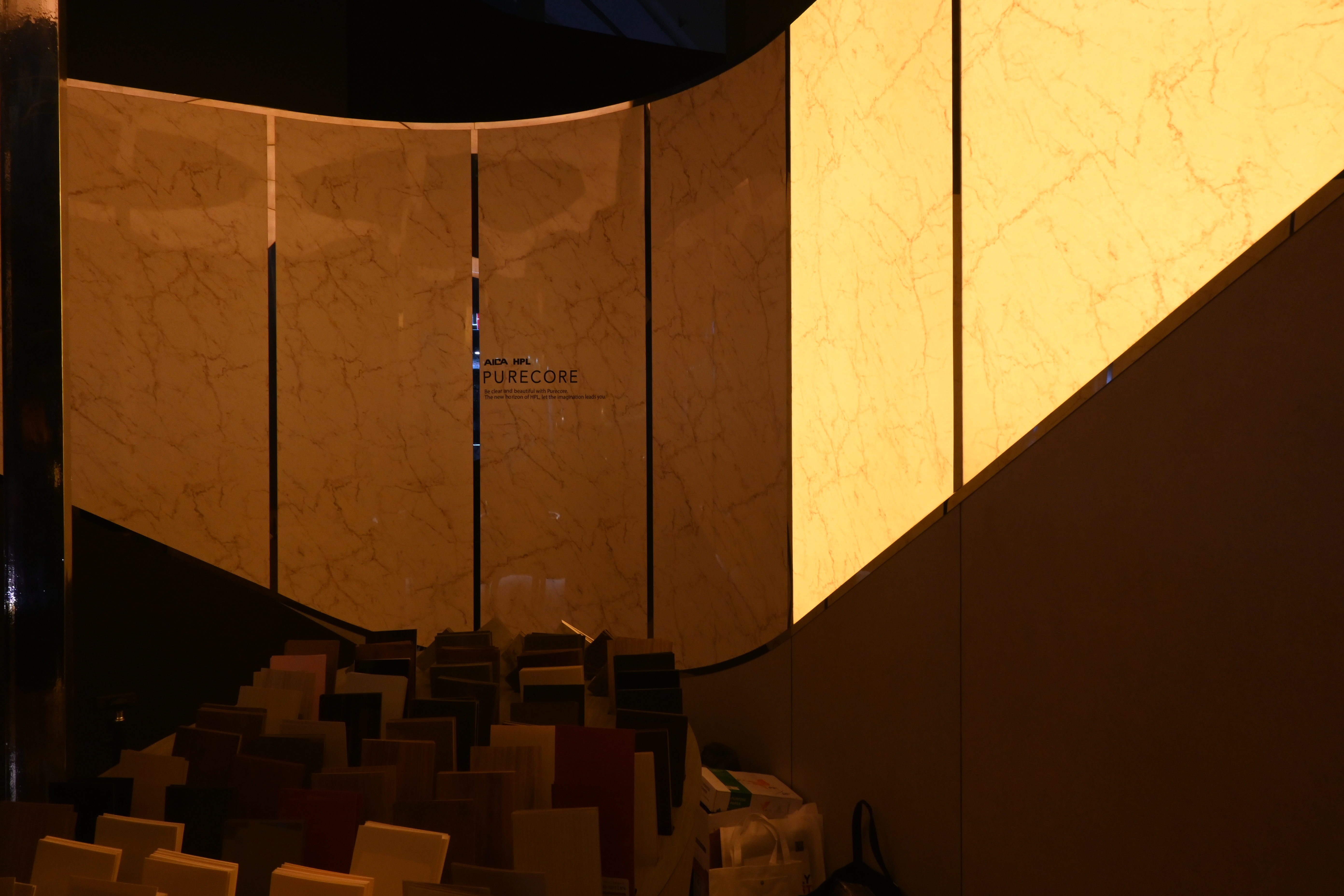
For a clean, professional finish, install joiner lists at the seams between panels. You can find joiners in plastic, rubber, or aluminum, with a variety of widths and finishes. Choose the one that fits your design concept best.
And that’s it, your Purecore translucent is successfully installed. Of course, this is just one method. Feel free to experiment, innovate, and develop your techniques using AICA Purecore HPL to push the boundaries of interior design. Curious about the installation visualisation? Check out the video below for a full guide of Purecore installation!
https://www.instagram.com/reel/DJyRJUxPWVa/
SHARE